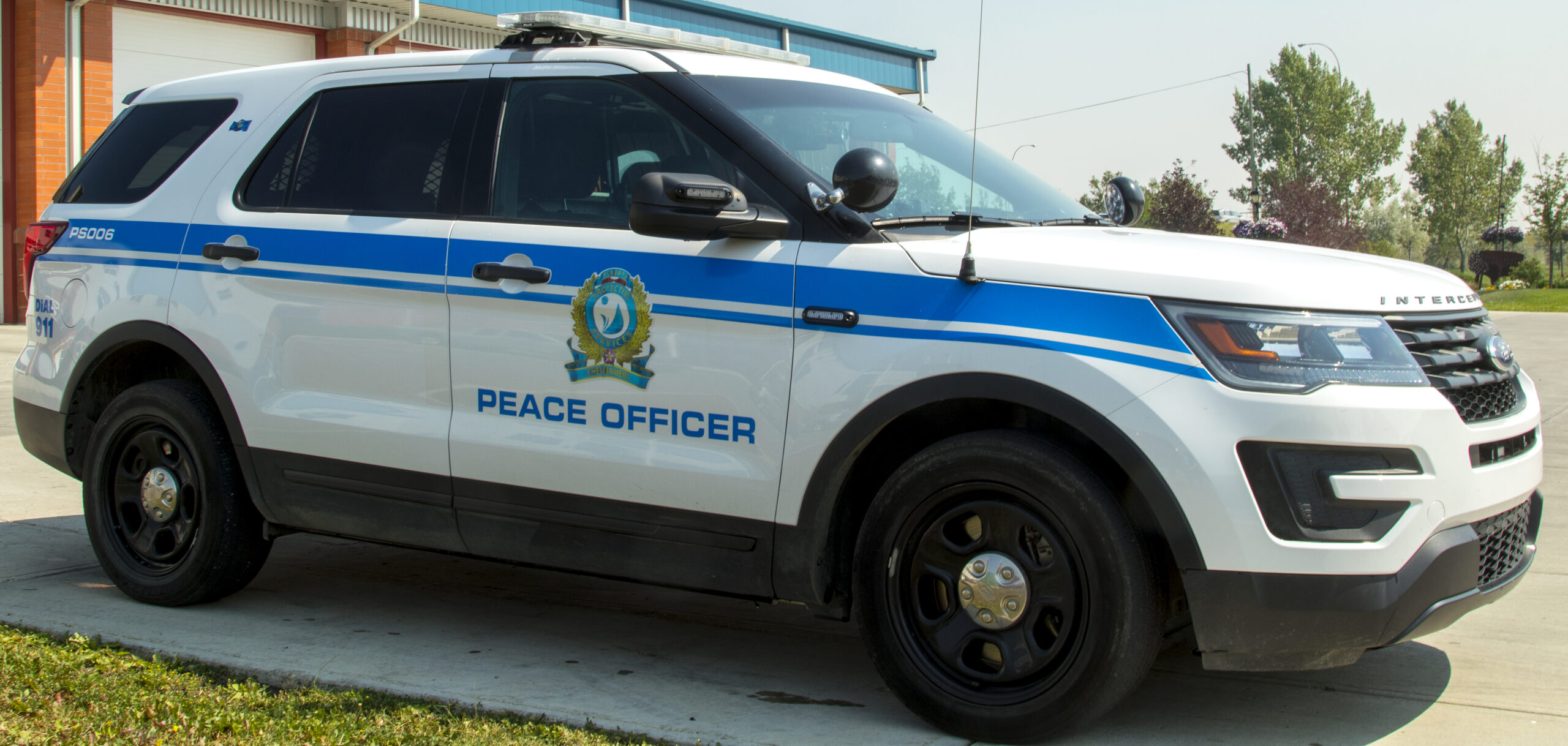Calgary Primary Care Registered Nurse, Kimberly Gordon-Krushell answered Chestermere residents’ questions related to COVID-19 and caring for someone with COVID-19 during a senior’s teleconference.
“The virus is spread by droplets from the air, there have been discussions of it being airborne, but clinically it’s not being treated that way. People are spreading it by droplets, the number one entry is through the nose and the mouth,” Gordon-Krushell said.
“It usually starts off with a cough and a fever. In our geriatric population, we’re only seeing about 20 per cent of people having a fever, shortness of breath, runny nose, and sore throat.
“Other symptoms include sinus congestion, headaches, chills, muscle and joint aches, generally not feeling well, exhaustion, gastrointestinal (GI) symptoms, loss of appetite, taste, and smell, and pink eye,” she said.
Additional symptoms in the geriatric population include confusion, weakness, and chest pain.
“If people get seriously ill with COVID-19, it’s usually in the second week of having it. The first week they might have minor symptoms, but if it’s going to become serious it’s going to happen in the second week,” Gordon-Krushell said.
COVID-19 causes an inflammatory response that can affect organs, including the heart, lungs, kidneys, GI tract, and brain.
If individuals have an underlying condition the risk of complications can increase.
“Please try to remain six feet from others, limit the number of times you leave your home for errands, try to shop at less busy times, or online, try to avoid touching face, nose, and mouth, clean and sanitize surfaces, wash hands and mask up,” Gordon-Krushell said.
Gordon-Krushell encourages all residents to prepare for the unexpected by talking with family members, friends, neighbours, or anyone that would help them isolate if they needed to.
Gordon-Krushell also encourages residents to ensure medications are stocked up at home and use delivery services offered at local grocery stores and pharmacies.
“If you know someone who is on their own and having to isolate, reach out to them. Isolation is really hard, and it causes big mental health challenges. If you know somebody on their own check-in and make sure they are doing OK,” Gordon-Krushell said.
The majority of COVID-19 testing swabs are done
through the nose, however, children or anyone with a history of a broken nose can have the test done through the throat.
If anyone develops COVID-19 or has been in direct contact with a positive case, they must isolate immediately, including from other people living in the same household by using separate washrooms, eating areas, and bedrooms if possible.
“After you’re done the swab if you test negative and were not exposed to a positive case you must isolate until your symptoms are gone,” Gordon-Krushell said.
“If you test negative and were exposed to someone with a positive result, you must isolate for 14 days after the exposure, even if you have no symptoms and are negative. If you develop symptoms after the negative swab, you need to get re-swabbed,” she said.
If the test result was positive, the individual will receive a call or text from Alberta Health Services (AHS) explaining the isolation process.
AHS will also recommend the individual who tested positive let anyone they were exposed to 48 hours before symptoms know, to ensure proper contact tracing.
“Over 80 per cent of people have been isolating at home,” Gordon-Krushell said.
Individual’s must isolate 10 days from when symptoms start, after 10 days if symptoms are gone, the isolation is done. However, if symptoms continue, they will be reassessed in another four days.
“If you live with others, they will have to get swabbed if they show symptoms. If someone in your house tests positive, everyone has to go for a swab, and they have to isolate with you,” Gordon-Krushell said.
“After you’re done the isolation, and if you have family members who have tested negative, they have to isolate for 14 days, that’s a total of 24 days of isolation. This is a sneaky disease, and it gets frustrating if there are positive and negative cases in the household,” she said.
Positive cases will receive a call from a nurse or a family doctor advising them to get extra rest, have a lot of fluids, and instructions if symptoms get worse.
“If shortness of breath, chest pain, or confusion develop, you would be advised where to go. Emergency rooms have a plan in place in how to treat people, there’s a separate isolation place away from others. Right now, we’re seeing people avoiding emergency rooms during an emergency,” Gordon-Krushell said.
“Some people do need to be treated in intensive care. This is where they would be put on a ventilator to help them breathe. It provides you the time you try and fight off COVID-19,” she said.







